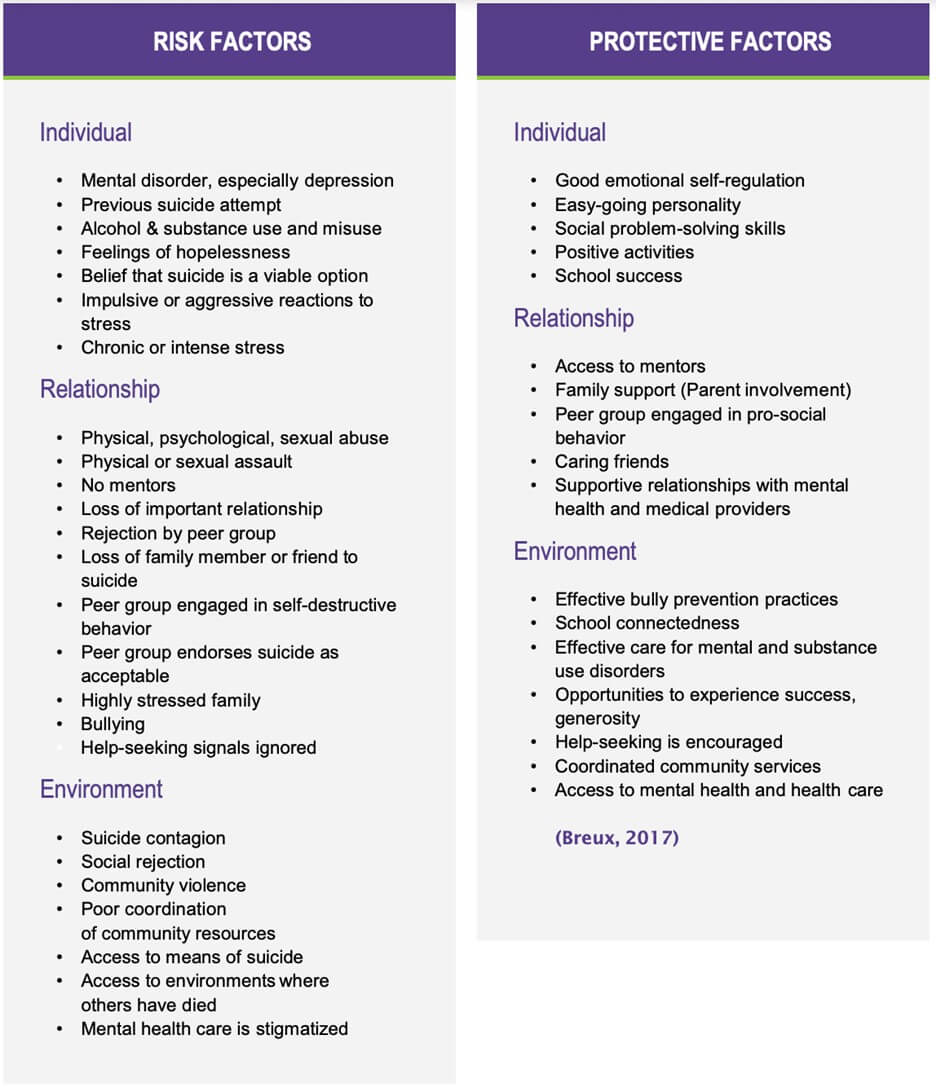A nurse is caring for a client who reports an upset stomach after taking chlorpromazine. Which of the following responses should the nurse make?
“Taking the medication on an empty stomach will decrease your stomach upset."
"Lie down for 30 minutes after each dose to help prevent stomach upset."
"Talk to your provider about decreasing your dose of medication,"
"Drink a glass of milk with each dose of your medication."
The Correct Answer is D
A. “Taking the medication on an empty stomach will decrease your stomach upset." This is incorrect because taking chlorpromazine on an empty stomach can actually increase the risk of gastrointestinal irritation and upset. It’s generally recommended to take medications that can irritate the stomach lining with food or milk to help buffer the stomach.
B. “Lie down for 30 minutes after each dose to help prevent stomach upset.” This is not a recommended practice for preventing stomach upset. In fact, lying down immediately after taking medication can increase the risk of esophageal irritation and reflux, especially with certain medications.
C. “Talk to your provider about decreasing your dose of medication.” While discussing medication concerns with a healthcare provider is always a good idea, this response does not directly address the immediate issue of stomach upset. The provider might adjust the dose if necessary, but the primary recommendation for reducing stomach upset would be to take the medication with milk.
D. “Drink a glass of milk with each dose of your medication.” Drinking milk with chlorpromazine can help reduce stomach upset by buffering the stomach lining and reducing irritation. This is a common recommendation for medications that can cause gastrointestinal discomfort.
Nursing Test Bank
Naxlex Comprehensive Predictor Exams
Related Questions
Correct Answer is B
Explanation
A. Praise the client for looking at herself in a mirror.
While body image concerns are common in anorexia nervosa, praising the client for looking at herself in a mirror may inadvertently reinforce the focus on appearance and body image, which can be counterproductive.
B. Ask the client to agree to talk to a nurse whenever she feels the urge to exercise.
Explanation: For a client with anorexia nervosa, overexercising can be part of the unhealthy behaviors associated with the disorder. Collaborative communication is important in addressing and managing these behaviors. Asking the client to agree to talk to a nurse whenever the urge to exercise arises is a supportive approach. It allows the nurse to provide emotional support, explore the client's motivations and triggers for overexercising, and work together on finding healthier coping strategies.
C. Reprimand the client about the potential damage that has occurred due to overexercising her body.
Reprimanding the client may lead to feelings of guilt and shame, which are counterproductive in supporting recovery. A more empathetic and supportive approach is needed.
D. Restrict the client from being weighed.
Restricting the client from being weighed might exacerbate anxiety around weight gain and contribute to the client's preoccupation with weight. However, monitoring weight under the supervision of healthcare professionals is important in managing anorexia nervosa.
Correct Answer is ["C","D","E"]
Explanation
A. Female gender: Incorrect
While the risk of attempted suicide is generally higher in females, completed suicide rates are higher in males. Therefore, being female is not typically considered a primary risk factor for suicide,though it's important to note that both genders require attention for prevention.
B. Currently married: Incorrect
Being married is generally considered a protective factor against suicide. Social support and close relationships tend to reduce the risk of suicidal behavior.
C. Age greater than 45 years old: correct
Suicide risk tends to increase with age, particularly for men. Individuals over 45, especially those facing chronic illness, social isolation, or significant life changes, are at higher risk.
D. Substance use disorder: Correct
Substance use disorder is a significant risk factor for suicide. Substance abuse can contribute to feelings of hopelessness and despair, impair judgment, and lower inhibitions, increasing the likelihood of suicidal behavior.
E. Schizophrenia: Correct
Schizophrenia is a mental disorder associated with an increased risk of suicide. The symptoms of schizophrenia, such as hallucinations, delusions, and feelings of isolation, can contribute to severe distress and increase the risk of suicidal ideation and behaviors.

Whether you are a student looking to ace your exams or a practicing nurse seeking to enhance your expertise , our nursing education contents will empower you with the confidence and competence to make a difference in the lives of patients and become a respected leader in the healthcare field.
Visit Naxlex, invest in your future and unlock endless possibilities with our unparalleled nursing education contents today
Report Wrong Answer on the Current Question
Do you disagree with the answer? If yes, what is your expected answer? Explain.
Kindly be descriptive with the issue you are facing.
